The Online Presence Company intends to use Web 2.0 technologies to develop websites that could allow customers and service providers or to facilitate the buying and selling of products on the electronic platform (Ostwalder and Yves 25).The technology provides a web-based platform and a user interface unique to the needs of each client for the development of websites designed to meet customer needs and expectations. The following objectives provide the framework to achieve the business goals (Jeston and Nelis 20). The core strategy is to plan, design, develop, manage, and deliver products and services designed to provide digital solutions to put clients ahead of competition.
Objectives
- Use web 2.0 technology to create an interactive user interface
- Create a web site using web 2.0 technologies that supports networking in online social sites
- Create simple navigation structures with site maps
Goals
- To increase the volume of customers interacting on the websites
- Increase the market share by reaching a higher number of customers on the social sites
- Encourage the use of online publishing systems such as Facebook
Vision
To create a strong presence on the Internet and social networking sites and become the leading developer of websites that meet the unique needs of each customer.
Mission
To be the leading provider of online website development services tailored to meet the unique customer needs and expectations.
Business model
The websites will depend on user generated content, interoperability with other applications and usability. In each case, the website will provide the platform for sharing photos, blogging, videos, YouTube, and a music platform for different audiences. The core elements and structure of the business model are illustrated in the concept map shown in figure 1.
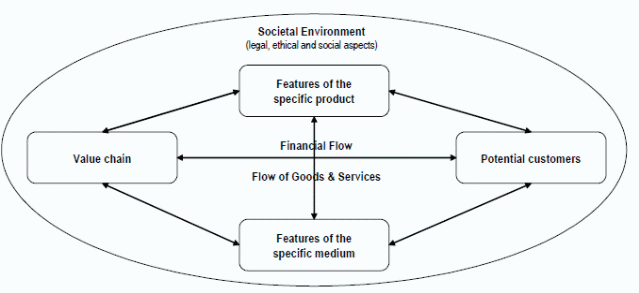
The model is defined by the societal environment that is defined by the legal, ethical, and social aspects of the business, specific feature s, value chains, and potential customers who play different roles on the model (Firms, Laudon and Laudon 52). Potential customers are those seeking for web development services, value chain illustrated the activities, necessary to deliver a website, specific features define the website requirements, and financial flow is the earning logic of the company.
Processes
At the second phase, the processes to improve were identified to make the entire process which involved asking a client to specify the characteristics of the user interface required to build a website for the client. The entire events involved in the web design and development process are indicated on figure 2.
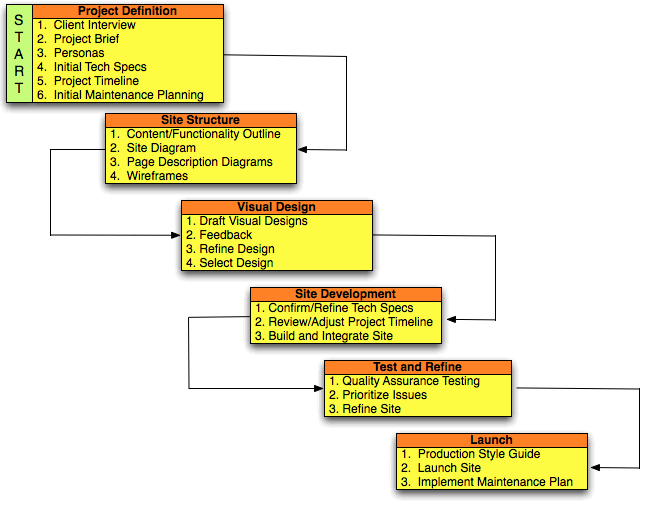
In a nutshell, the processes begin with the project definition, site structure, visual image, site development, testing and refining, and launch of the website. The quality measures include accuracy, fitness for purpose, usability, and inter-activeness. The proposed new design that factors all the elements to make the entire process complete includes discovering, defining, designing, developing and deploying the website for the customer as illustrated in figure 3.
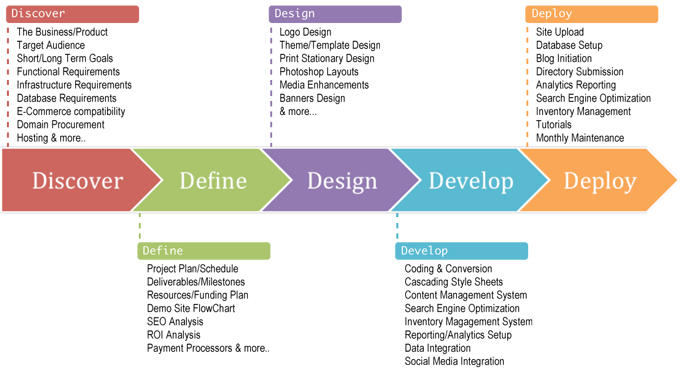
As compared with the previous method, the new method enables the website developer to collect the views of the customer using system analysis techniques that involves the target audience and not the customer only (Gamble, Thompson Jr and Peteraf 12). The target audience are the people to use the system and who matter most. In addition, issues such as domain names have not been mentioned in the first design that is crucial in hosting the site.
IS System
The most suitable method to remodel the business is the CRM strategy. He proposed method could provide the website developer with the ability to work within the business context of the organisation. The strategy could lead to the CRM program that could provide the developer with high quality relevant data that has been cleaned and consolidated for use on the remodelling process.
The main advantages of the method is that it encourages participation, ability to convince everyone to work towards the new goal, and enables cross functional teams to work together and contribute the knowledge and skills necessary for the development of the website. In addition, it leads to an increase in revenue, decreases the cost of implementation, improves forecast accuracy, and enables marketplace differentiation to make the business processes marketable. Other benefits include involvement, culture shift, data integrity, better performance, software legacy integration, and business process change.
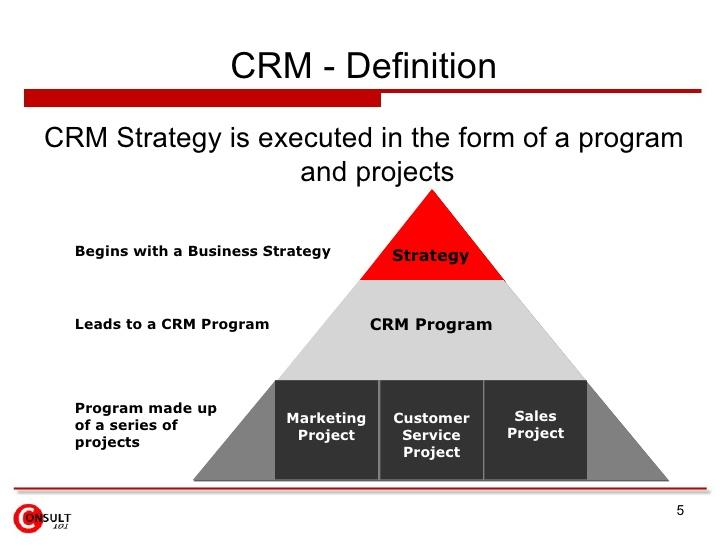

Figure 5 is an abstract representation of the website and provides the user with the user interface for interacting with the platform. Ion the other hand, figure 6 provides the actual representation of the picture of the user interface that the user uses to interact with the system to perform various tasks. A typical example is one wanting to trade in stocks.
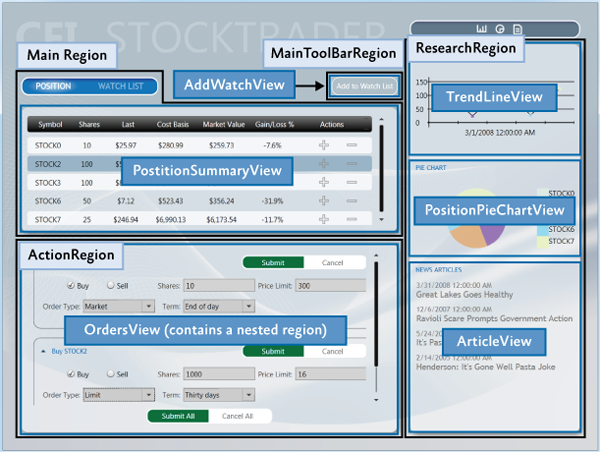
The site gives the user the interactive capabilities to handle the processes required for the business transactions of their own. It is possible to maintain the site as a backend service to ensure business continuity.
Works Cited
Firms, Kenneth, C. Laudon and J P. Laudon. Management Information Systems: Managing The Digital, London: Pearson Publication, 2012. Print.
Gamble, John, A. Thompson Jr, and M. Peteraf, Essentials of Strategic Management: The Quest of competitive advantage, London: MCGRaw Hill 3rd international, 2012. Print.
Jeston, John and J. Nelis, Business Process Management, Practical Guidelines to Successful Implementations, New York: Published by Elsevier Ltd, 2006. Print.
Ostwalder, Alexander, and P. Yves, Business Model Generation, London: Wiley edition, 2010, Print.